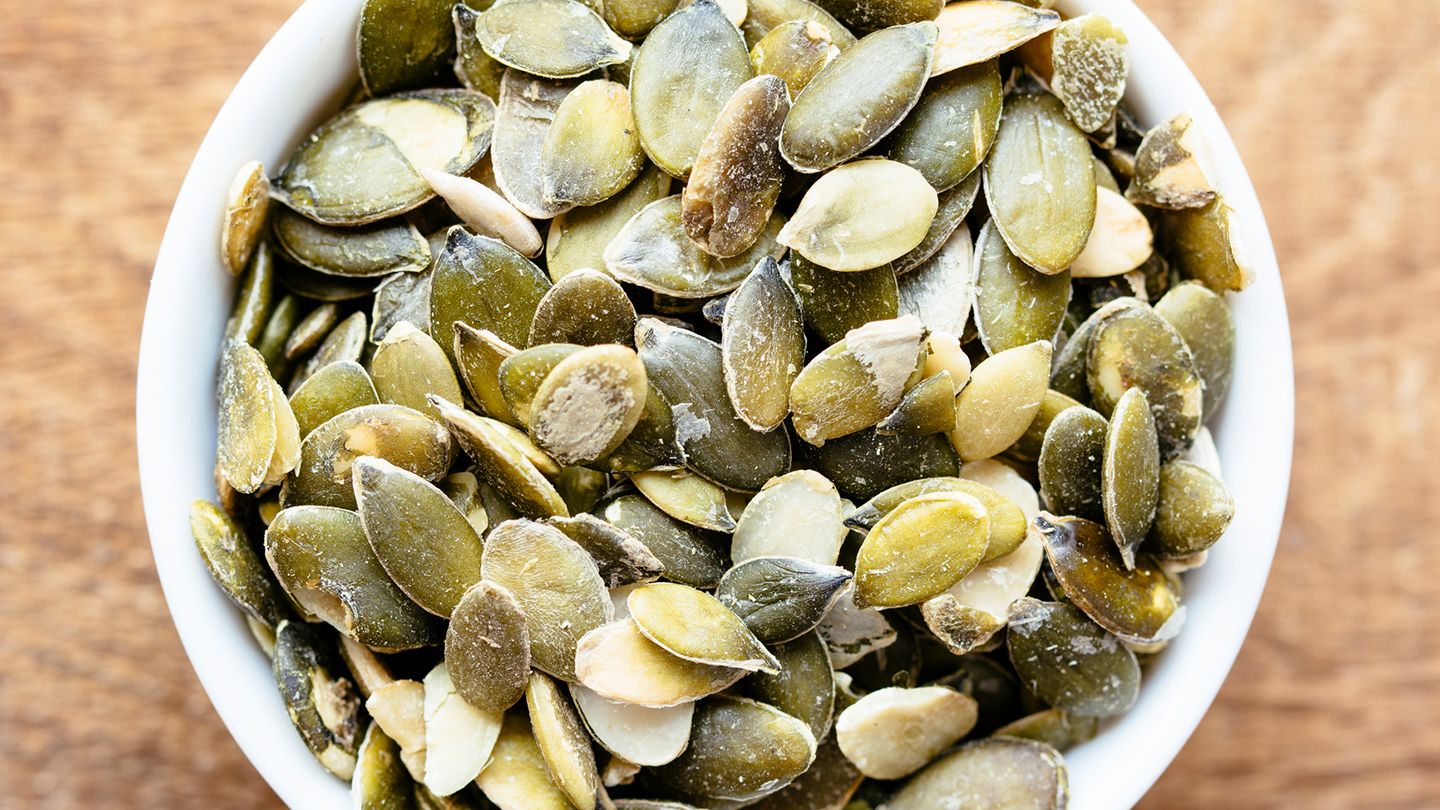
Among the essential elements for the proper functioning of our body, Iron stands out. This mineral fulfills two important jobs: helping oxygen travel through the body and helping to ensure that there is always a good production of red blood cells. They have great importance in the supply of oxygen to all our cells.
It is necessary to know then which foods are rich in Iron. Thus, they can be included in the diet until reaching the recommended 18 milligrams per day. So let’s see 8 of them.
Iron-rich foods to include in your diet
Red meat
Red meat is one of the complements of many foods because it has vitamins and other minerals essential for life. Speaking of Iron, there are almost 3 milligrams in 100 grams of meat. They are foods rich in Iron.
liver meat
The consumption of liver meat helps the body to have a lot of Iron. According to certain studies, 65 milligrams are concentrated in a kilo of this meat. This means that with 300 grams, the minimum required per day would be covered.
Statistics show that in addition to providing this valuable mineral, they also offer many other vitamins. Thanks to all of them, the proper functioning of the body is facilitated. All this leads to an optimal health condition.
Eggs
Eggs also have a large amount of Iron, but it is important to note that the amount of this mineral can vary depending on the origin and presentation. For example, a quail egg contains almost 4 mg, while a boiled chicken egg only reaches 3 milligrams. All in all, it is a large quantity, ideal for adding it to the diet.
All eggs contain Iron, but some studies indicate that the yolk has the highest concentration, reaching 7 milligrams. That amount is one of the highest you can get in any product.
Broccoli
Broccoli provides many vitamins such as K. Properties such as caring for and avoiding cancer cells are also attributed to it. And it is also rich in Iron, although the amount is not as large as in other cases. Just over 6 milligrams of this mineral are consumed in 1 kilogram.
Let’s consider that several products can be combined when preparing meals. This cruciferous family becomes an excellent alternative to continue enjoying the variety and at the same time not neglecting iron consumption.
clams
The entire mollusk family has Iron. But, if a heavy dose of this mineral is needed, then clams are the best choice. Only about 6 of these contain 20 milligrams of Iron. That means that the recommended daily intake will have already exceeded that amount.
Vegetables
It is very well known that legumes can offer the body the most vitamins and minerals. However, if we focus on the Iron obtained from them, we will see that with 200 grams, more than 6 milligrams of this mineral can be consumed.
Legumes are an excellent option for those who want to maintain a diet rich in Iron. In addition, whether it is beans, lentils, or others, they help maintain good health by providing a large number of vitamins, such as magnesium and potassium.
As an additional detail, if you want to increase Iron in legumes, they must be converted into flour. This means that now in just 100 grams, there are more than 8 milligrams of the mineral.
Pumpkin seeds
Pumpkin seeds have many vitamins, such as zinc and manganese. But when it comes to Iron, it is one of the best options due to its high concentration. Just eating about 30 grams of seeds provides more than 4 milligrams of Iron.
That means that if 120 grams of pumpkin seeds are consumed per day, what is required by the body will be covered.
Dark chocolate
It is one of the most sumptuous delicacies available worldwide. And in addition to its rich flavor, it offers the real possibility of consuming a good amount of Iron in a concise time. With about 30 grams of dark chocolate, more than 3 milligrams are obtained.
Chocolate, in general, has Iron, but black is the one that contains the highest concentration of it. This is important because only if you choose chocolate with more than 70% cocoa will you consume a very high amount of Iron without overeating chocolate during the day.
Symptoms of iron deficiency
If your body doesn’t have enough Iron, you may experience unpleasant symptoms. The most common is prolonged tiredness. This is because the body’s organs cannot receive the oxygen they need to function correctly.
The red blood cells that actively participate in this function decrease, and the skin pale. Mild dizziness may also be felt throughout the day.
Consequences of iron deficiency
We have mentioned some symptoms due to a lack of Iron. Some health problems in the long run. In the case of a significant deficit that lasts over time, we can suffer from severe anemia.
- Hair loss
- Tiredness and fatigue.
- Trouble breathing normally
- Headache, increasingly solid and constant
- Restless legs
- Fragile nails.
- Tiredness and general fatigue.




